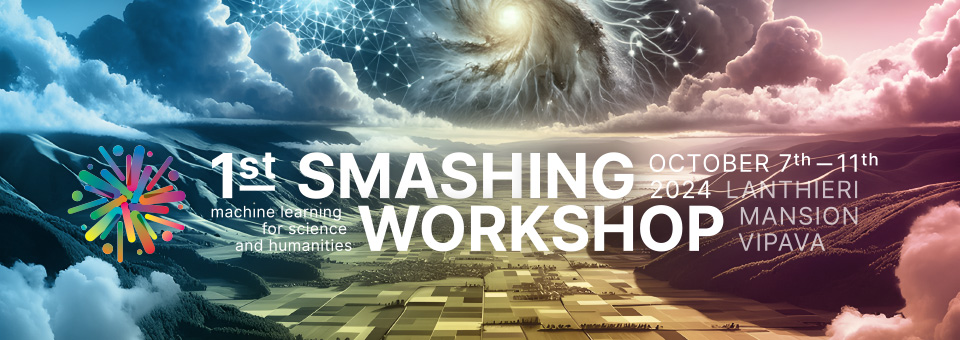Speaker
Description
We discuss LHC searches for simplified models in which a singlet Majorana dark matter candidate couples to Standard Model leptons through interactions mediated by scalar lepton partners. We summarize the dark matter production mechanisms in these scenarios, highlighting the parameter space which can both satisfy the relic density and account for muon g-2. We focus on the case of intermediate mass splitting (~30 GeV) between the dark matter and the scalar, for which the LHC has made little improvement over LEP due to large electroweak backgrounds. We find that the use of machine learning techniques can push the LHC, at an integrated luminosity of 300/fb, well past discovery sensitivity for a benchmark model with a lepton partner mass of ∼110 GeV and towards the exclusion of models with a lepton partner mass as large as ∼160 GeV.

